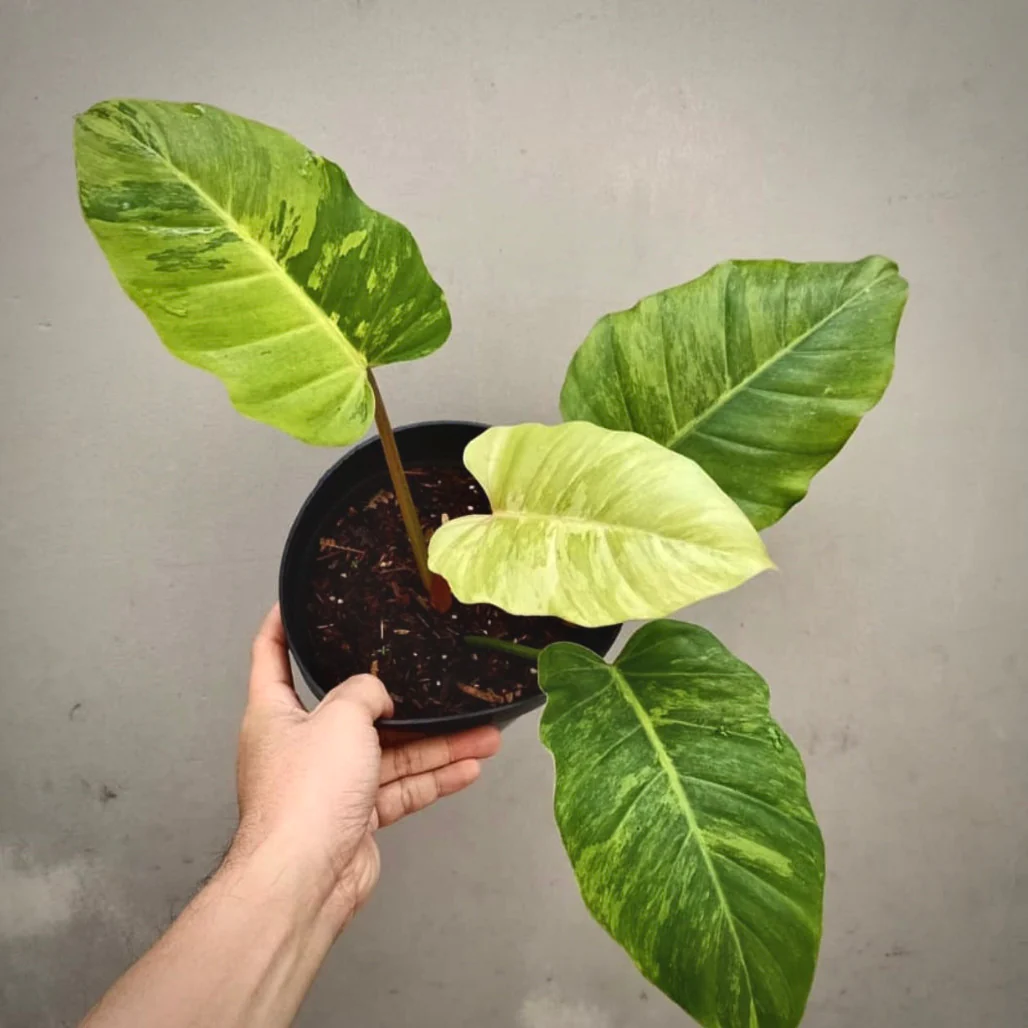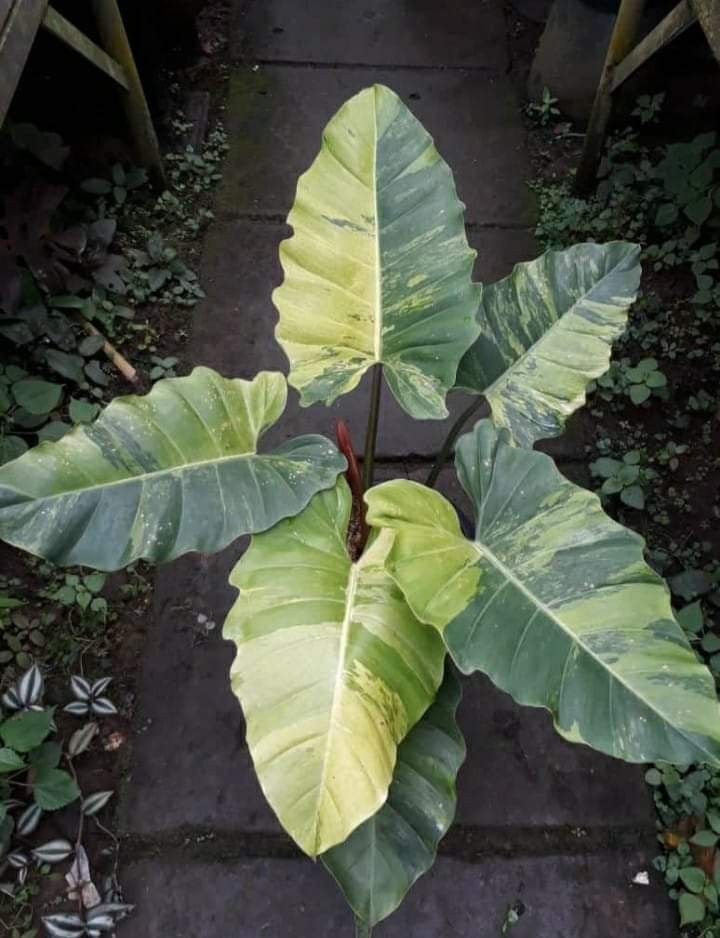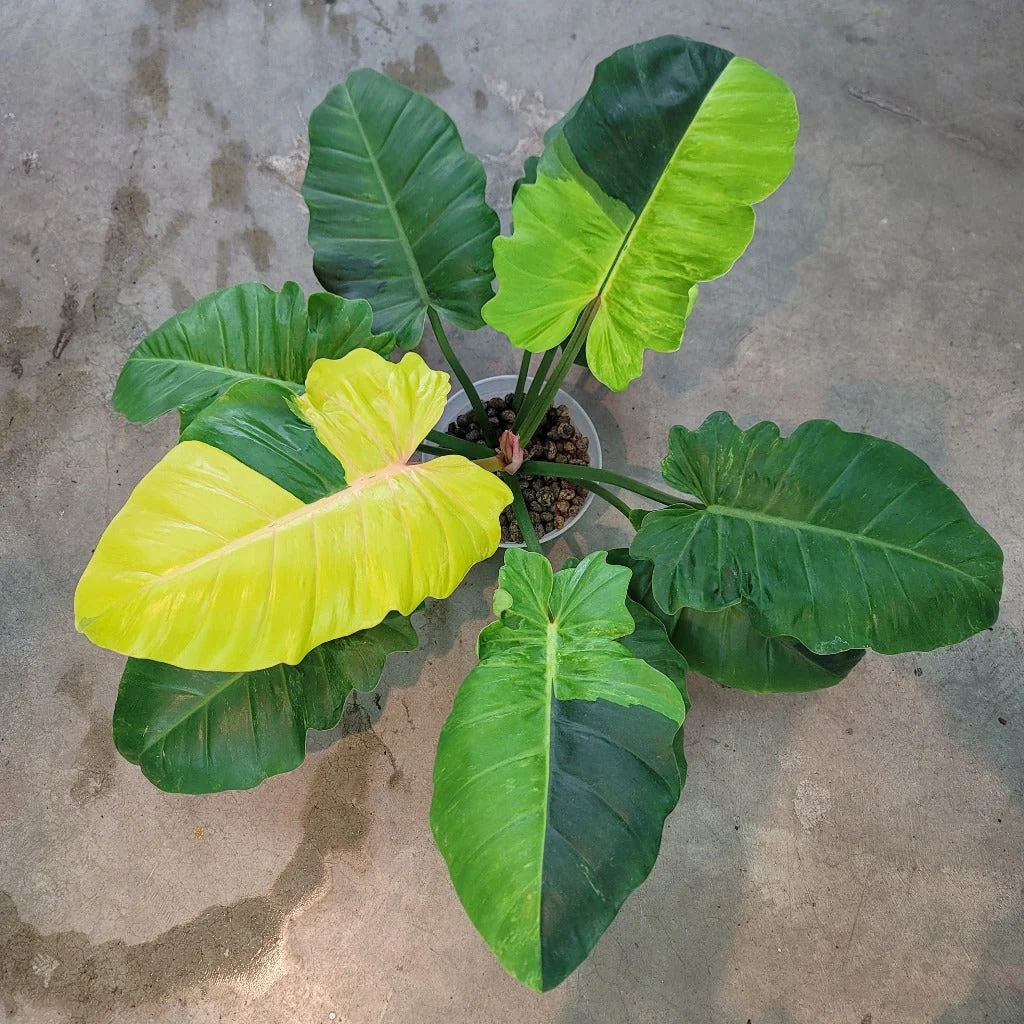Philodendron Jungle Fever: Embrace the Beauty of Nature Indoors
Introduction
In recent years, the demand for indoor plants has skyrocketed, with many people looking to create a green oasis within their homes. Among the many plant species available, the Philodendron family has become increasingly popular. In this article, we will discuss the beauty of Philodendron Jungle Fever, its benefits, and how to care for it to create a stunning, vibrant living space.

The Philodendron Family
History of Philodendrons
Philodendrons are native to tropical regions of Central and South America, where they thrive in rainforests and other humid environments. With over 500 species, the Philodendron family is a diverse group of plants known for their lush foliage and striking appearance.
Varieties and Species
There is a wide range of Philodendron species, each with its unique characteristics. Some popular varieties include Philodendron hederaceum, Philodendron bipinnatifidum, and Philodendron erubescens. The Philodendron Jungle Fever, a hybrid variety, has gained popularity for its beautiful leaves and easy care requirements.
Why Choose Philodendron Jungle Fever?
Aesthetic Appeal
Philodendron Jungle Fever is an eye-catching plant with large, deeply lobed leaves that resemble a wild, tropical jungle. The stunning foliage adds a touch of the exotic to any indoor space, making it an excellent choice for plant enthusiasts and interior designers alike.
Easy to Grow and Maintain
Philodendrons are known for their adaptability, and Jungle Fever is no exception. This plant can thrive in various conditions, making it an excellent choice for both beginners and experienced plant caretakers.
Air Purifying Properties
Like many indoor plants, Philodendron Jungle Fever is known for its air-purifying abilities. The plant can help remove toxins such as formaldehyde and benzene from the air, contributing to a healthier living environment.

"Unlock the beauty of nature in your home with the Philodendron Jungle Fever! Click to embrace this lush, vibrant greenery and transform your space today. Don't miss out – your urban jungle awaits!"
Caring for Your Philodendron Jungle Fever
Light Requirements
Philodendron Jungle Fever prefers bright, indirect light but can adapt to lower light levels. Direct sunlight can scorch the leaves, so it's best to place the plant near a window with filtered light or in a well-lit room.
Watering and Humidity
Philodendron Jungle Fever enjoys a humid environment, which can be achieved by misting the leaves regularly or using a humidifier. When it comes to watering, allow the top inch of soil to dry out between waterings. Overwatering can lead to root rot, so it's essential to use a well-draining soil mix.
Soil and Fertilization
A well-draining, peat-based potting mix is ideal for Philodendron Jungle Fever. You can also add perlite or orchid bark to improve drainage. Fertilize the plant every 4-6 weeks during the growing season (spring and summer) with a balanced liquid fertilizer diluted to half strength. Reduce fertilization during the dormant months (fall and winter).
Pruning and Propagation
Regular pruning will encourage bushier growth and maintain the plant's shape. To propagate Philodendron Jungle Fever, take stem cuttings with at least one leaf node and place them in water or moist soil. Roots should develop within a few weeks, after which the cutting can be transferred to a pot with fresh soil.
Common Issues and Solutions
Pest Problems
Common pests affecting Philodendron Jungle Fever include aphids, mealybugs, and spider mites. To prevent infestations, regularly inspect the plant for signs of pests and treat with insecticidal soap or neem oil if necessary.
Common Diseases
Overwatering can lead to root rot, a common issue for many indoor plants. Ensure the soil drains well and allow it to dry slightly between waterings. Yellowing leaves can be a sign of overwatering, while browning leaves may indicate inadequate humidity.

Conclusion
Philodendron Jungle Fever is a beautiful and easy-to-care-for plant that brings a touch of the tropics to any indoor space. By following the simple care tips outlined above, you can enjoy the lush, vibrant foliage of this stunning plant for years to come.
FAQs
- Is Philodendron Jungle Fever toxic to pets? Yes, Philodendron Jungle Fever contains calcium oxalate crystals, which can be toxic to pets if ingested. Keep the plant out of reach of curious pets.
- How often should I repot my Philodendron Jungle Fever? Repot the plant every 2-3 years or when the roots have outgrown the current pot. Choose a pot that is 1-2 inches larger in diameter than the previous one.
- Can I grow Philodendron Jungle Fever outdoors? Yes, but only in suitable climates, such as USDA hardiness zones 10-11. Ensure the plant is placed in a shaded location to prevent leaf scorching.
- Why are the leaves on my Philodendron Jungle Fever curling? Curling leaves can be a sign of underwatering or low humidity. Check the soil moisture and adjust your watering schedule accordingly, and consider increasing the humidity around the plant.
- How fast does Philodendron Jungle Fever grow? With proper care, Philodendron Jungle Fever can grow relatively quickly, producing new leaves regularly during the growing season.
https://greenboog.com/philodendron-jungle-fever-embrace-beauty-nature-indoors/
Nhận xét
Đăng nhận xét